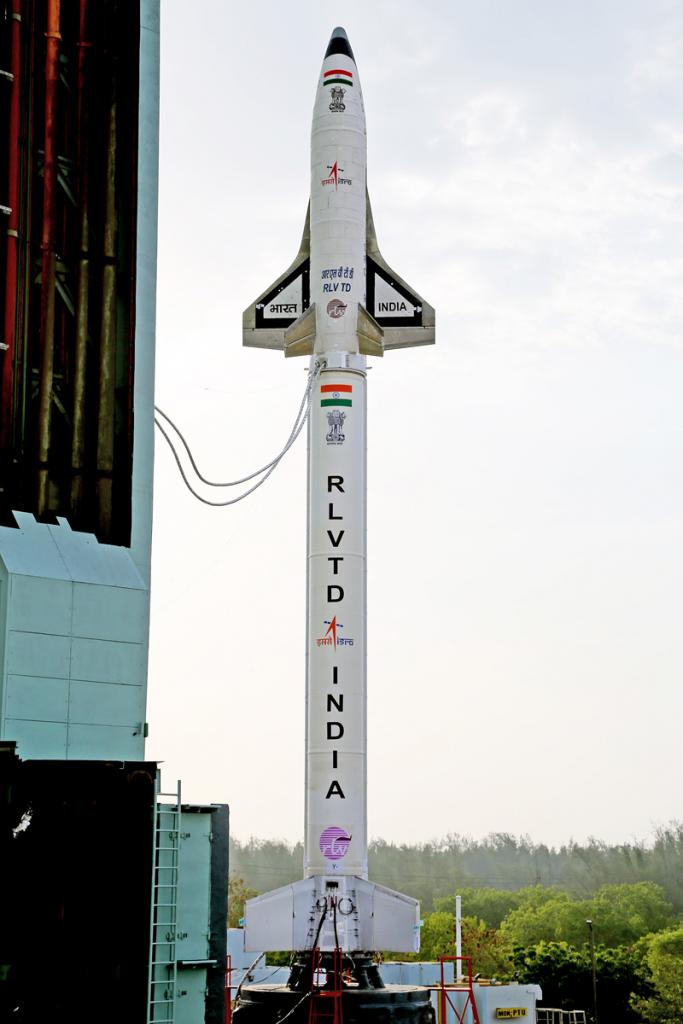India launched its first space shuttle prototype, the RLV-TD, and joined the countries betting on environment-friendly technology to advance in the space race. However, the test in India involved a model seven meters, about two tons, and unmanned, which is a small shuttle.
It is still an unmanned experimental shuttle, only seven meters long; as we mentioned earlier, that is a sixth of the size that the spacecraft will have in the future, but now it was released yesterday from the space base, which is located in the north of Chennai.
India Launches Reusable Mini-Shuttle To Space
Now the country India has become a new landmark for space programs. Hence, India reiterates its commitment to space and intends to participate in this race after its previous success with the Mangalyaan probe, which was sent to Mars.
The Indian space shuttle still has a long way to go, which will be operational within 15 years. But, this release, which served mainly to test re-entry maneuver in the atmosphere, without the expectation of the mill recovery, is the first success in developing its technology for round-trip flights to and from earth orbit the Indian space agency ISRO.
As the statement of the spokesman of ISRO, Devi Prasad Karnik, after the launch of the space shuttle is, “We successfully concluded the RLV mission [Reusable Launch Vehicle] technology demonstration”.
With its nearly two tons weight, the mini-shuttle will reach an altitude of 70 kilometers and then start the descent, but, later, fall into the open ocean.
Besides the Mars exploration and future shuttle, India is also investing in the satellite navigation program itself, the IRNSS (the Initials in English of the regional navigation system expression by India Satellite), which includes seven satellites, which all are already in orbit, and the last was successfully launched on 28 April. The start of operation of the system was planned for the next June, becoming independent there too.





